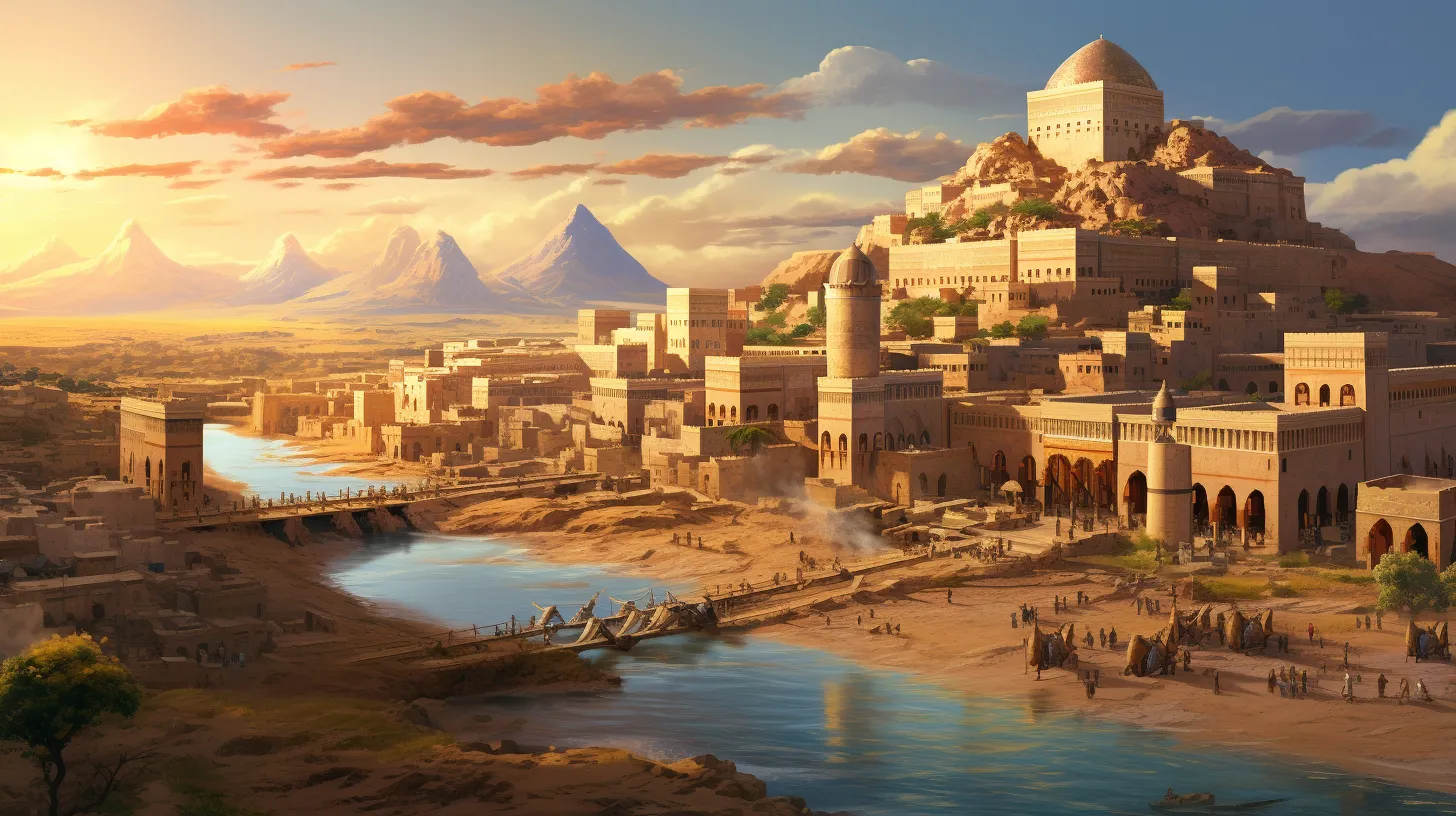
Parthian Dynasty: Echoes from the Empire Between Rome and Persia (247BCE - 224CE)
Unearth the wonders of the Parthian Dynasty with our collection of genuine artifacts. Dive into the legacy of a powerful empire that stood as a bridge between the West and the East, challenging the might of Rome.
The Parthian Dynasty - a formidable power that rose from the steppes of Central Asia to carve out an empire stretching from the Euphrates to the Indus. As the guardians of the Silk Road, the Parthians played a pivotal role in the cultural and economic exchanges of the ancient world.
Key Contributions:
- Cavalry and Warfare: The Parthian cataphracts and horse archers revolutionized warfare, introducing the 'Parthian shot' - a tactic where mounted archers shot arrows while retreating.
- Trade and Commerce: Positioned along the Silk Road, the Parthians facilitated trade between China, India, Persia, and the Roman Empire, enriching their realm.
- Art and Architecture: Parthian art and architecture, with its blend of Hellenistic and Persian elements, is evident in sites like Ctesiphon with its iconic arch.
- Religious Tolerance: The Parthians were known for their religious tolerance, allowing the coexistence of Zoroastrianism, Greek gods, Judaism, and early Christianity.
Regions: The Parthian Empire, at its zenith, encompassed vast territories:
- Mesopotamia: The fertile land between the Tigris and Euphrates rivers, with cities like Ctesiphon serving as imperial capitals.
- Persia: The heartland of the empire, with significant cities and fortresses.
- Central Asia: The northeastern frontier, which was a melting pot of cultures and a gateway to the Silk Road.
- Eastern Territories: Stretching to the borders of India, these regions were crucial for trade and cultural exchanges.
Valued Materials: The Parthians, with their opulent courts and cosmopolitan cities, valued various materials:
- Silver and Gold: Widely used in coinage, jewelry, and decorative items, reflecting the empire's wealth.
- Bronze: Employed for statues, weapons, and various artifacts.
- Terracotta: Used for pottery, tiles, and architectural elements.
- Ivory and Lapis Lazuli: Imported for luxury items, showcasing the empire's extensive trade networks.
Relevant Time Periods: The history of the Parthian Dynasty spans several centuries, marked by its rise, dominance, and eventual decline:
- Formation and Expansion (c. 247 BC–1 AD): The establishment of the Parthian state and its expansion under rulers like Mithridates I.
- Golden Age (c. 1–150 AD): A period of stability, territorial consolidation, and cultural achievements, marked by clashes with Rome.
- Decline and Fall (c. 150–224 AD): Facing internal and external challenges, the Parthian Empire eventually succumbed to the Sassanid Persians.
Step into our curated collection of Parthian artifacts, each resonating with tales of kings, merchants, and artisans. From ornate drachma coins to intricate sculptures, immerse yourself in the legacy of an empire that once rivaled Rome.





